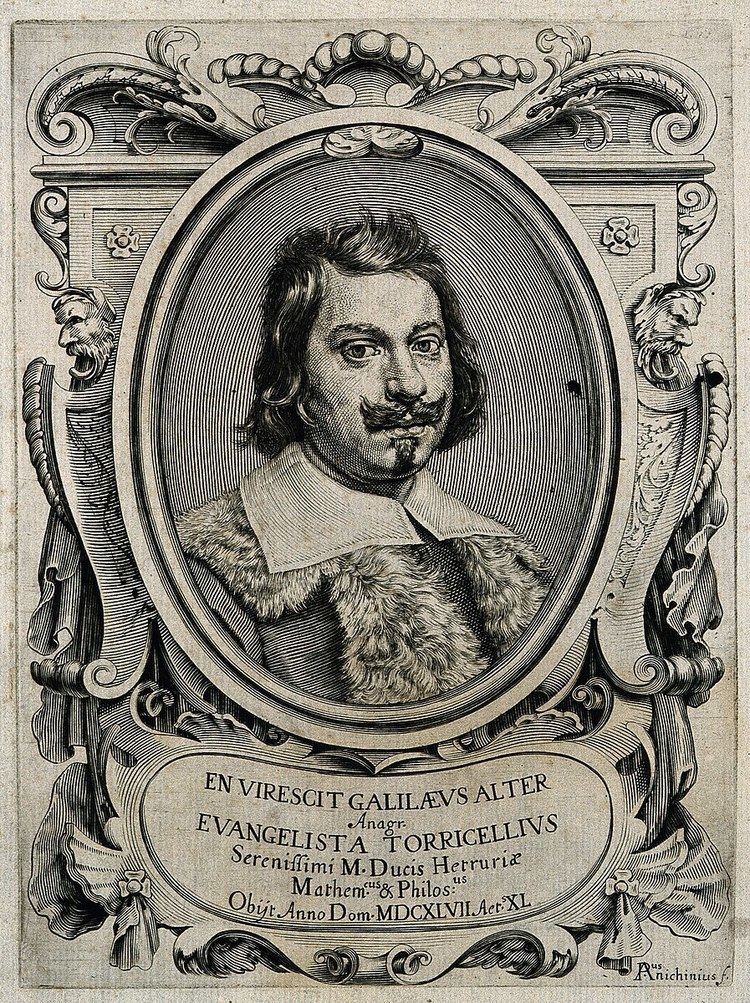 | ||
Torricelli's experiment was invented in Pisa in 1643 by the Italian scientist Evangelista Torricelli (1608-1647). The purpose of his experiment is to prove that the source of vacuum comes from atmospheric pressure.
Contents
Procedure
The experiment starts with the simple barometer to measure the pressure of air, filling it with a mercury up until 75% of the tube. Any air bubbles in the tube must be removed by inverting several times. After that, a clean mercury is filled once again until the tube is completely full. The barometer is then placed inverted on the dish full of mercury. This causes the mercury in the tube to fall down until the difference between mercury on the surface and in the tube is about 760 mm. Even the tube is shaken or tilted, the difference will not be affected due to the influence of atmospheric pressure.
Conclusion
Torricelli concluded that the mercury fluid in the tube is aided by the atmospheric pressure that present of the surface of mercury fluid on the dish. He also stated that the changes of liquid level from day to day are caused by the variation of atmospheric pressure. The empty space in the tube is called Torricellian vacuum which contains mercury gas.
